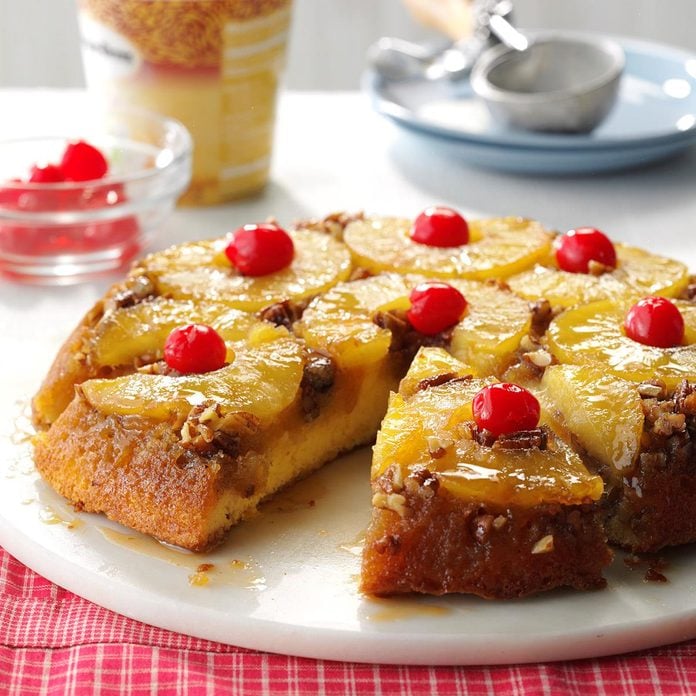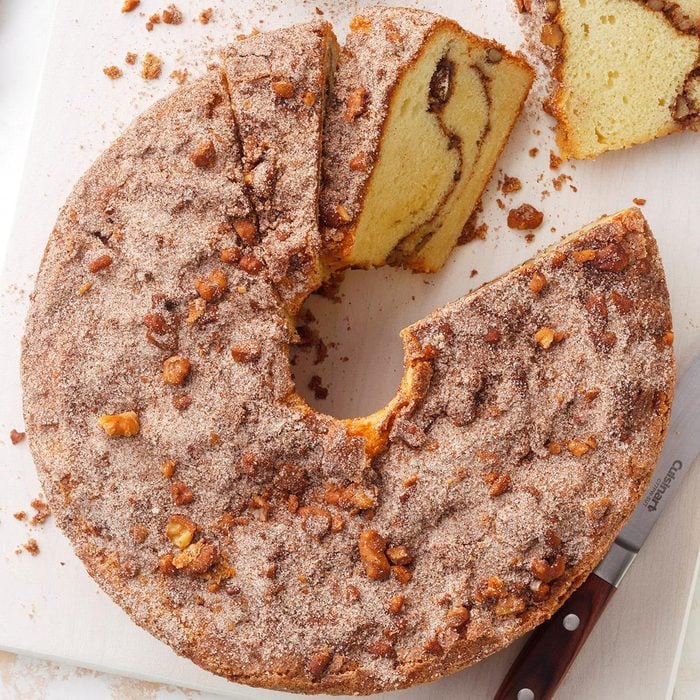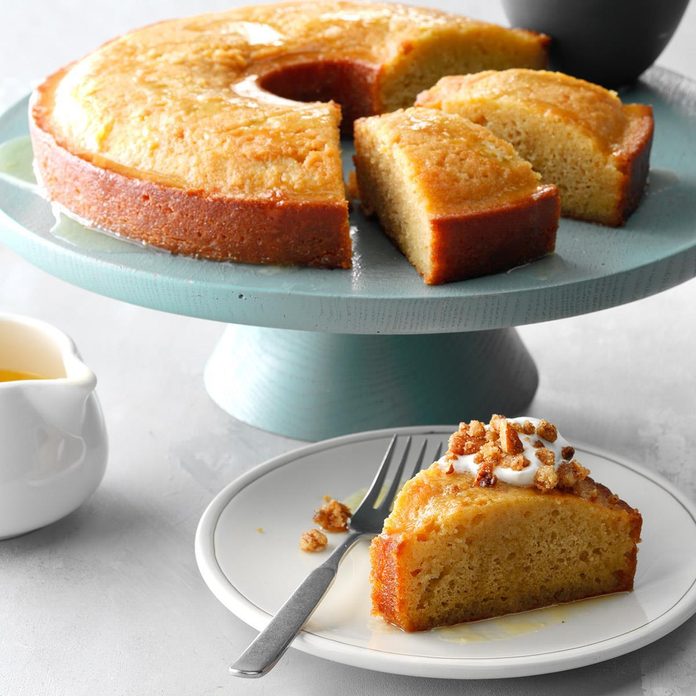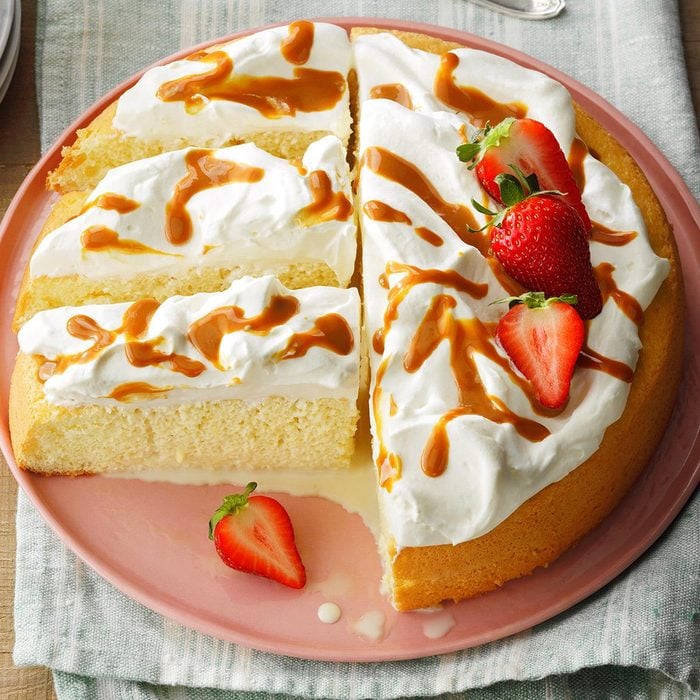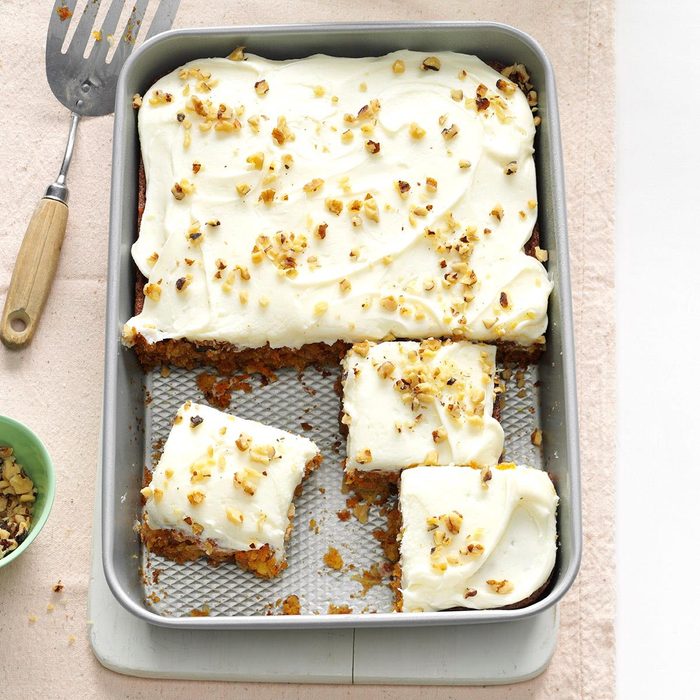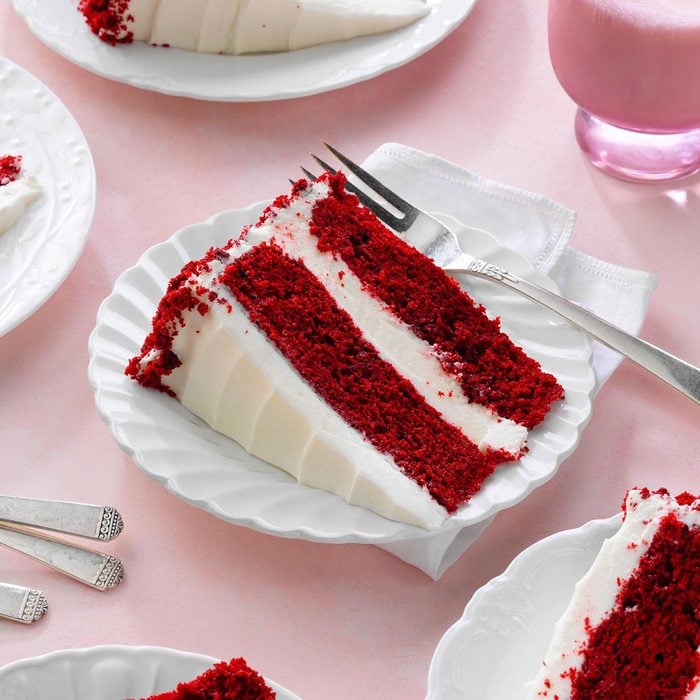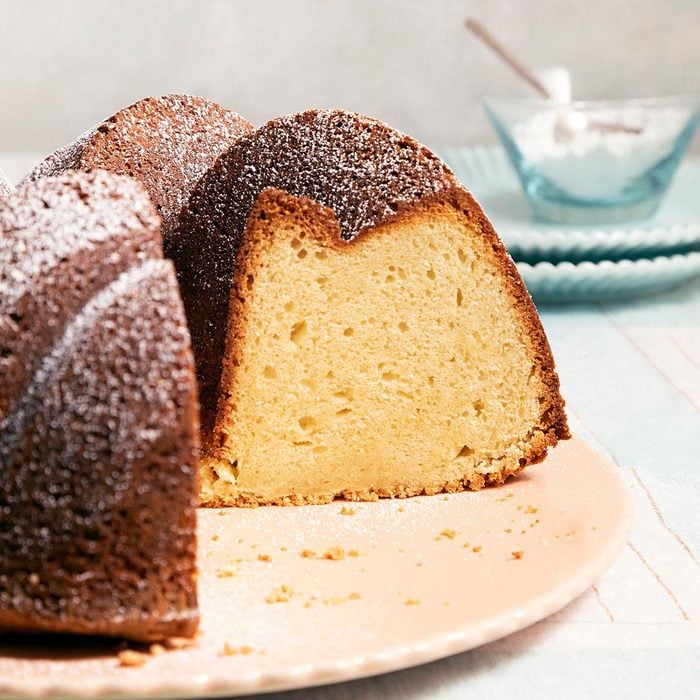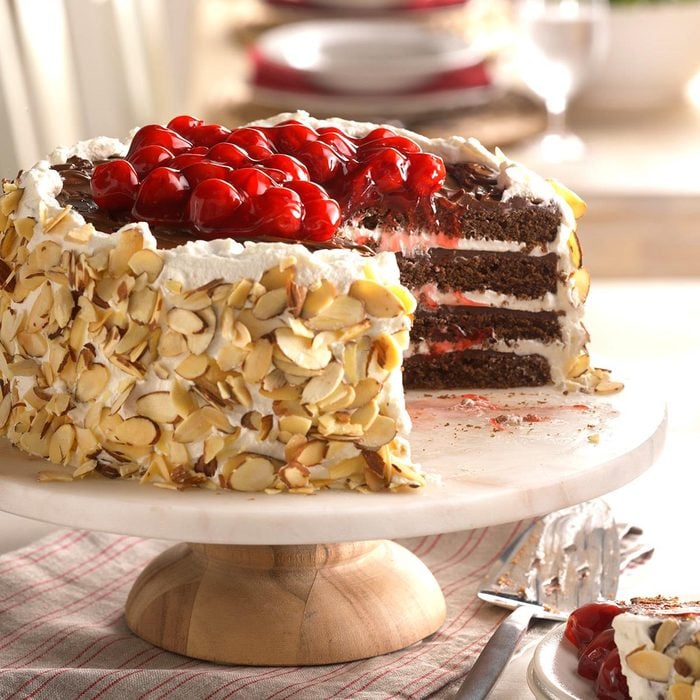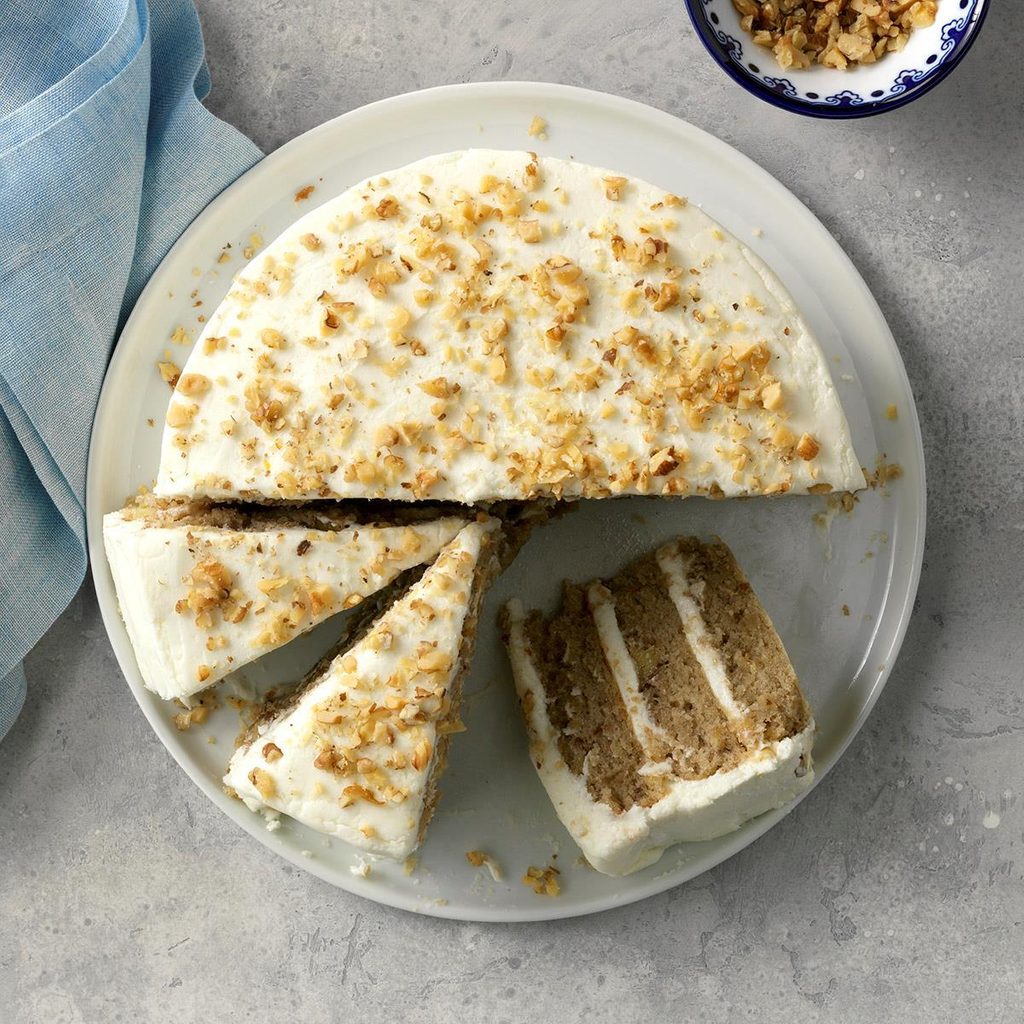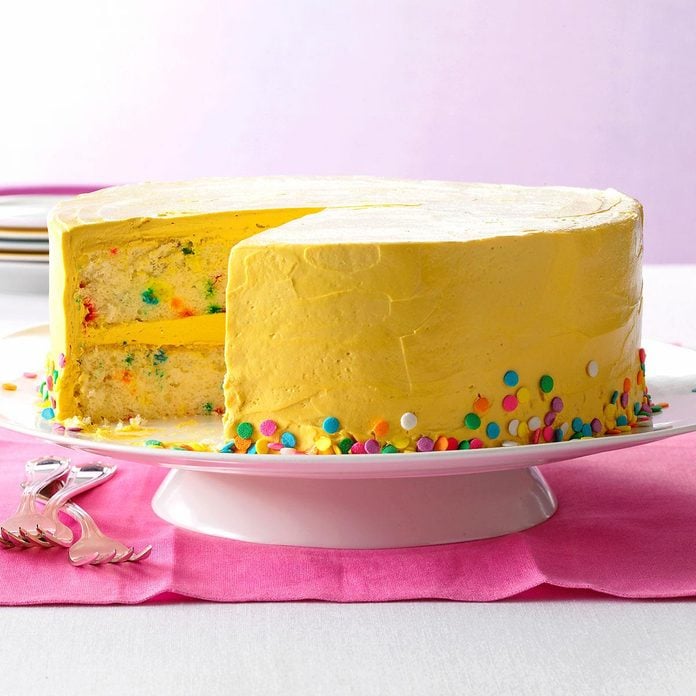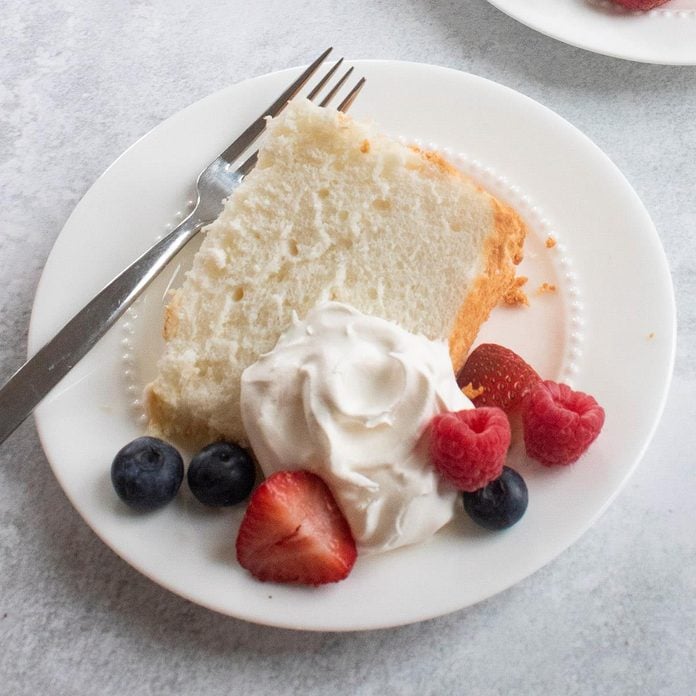20, 2019
Baking soda and baking powder look similar (not to mention having similar names).
But the ingredients serve slightly different purposes.
Learn the difference for successful baking.

Its easy to confuse baking powder and baking soda.
The powders look similar.
Both often show up in the same recipe as well.

What is baking soda?
(Think of those elementary school volcano experiments when you pour in the vinegar.)
The carbon dioxide gas creates bubbles, which help doughs and batters rise.

Baking soda helps the finished product to rise and have a crisper texture.
Its also a little salty tasting.
Overdoing it with baking soda can result in an extra salty or even metallic-tasting bake!

Thats no good, because too much baking soda is one of themost common cake mistakes.
Instead, try putting that extra baking soda to good usecleaning around the house!
What is baking powder?

An inactive ingredient, often cornstarch, keeps the two from reacting until liquid is added.
The addition of cream of tartar adds acidity to recipes that dont call for acidic ingredients.
Single-acting baking powders are also available but arent used as frequently.

They activate when exposed to moisture and thats it.
you’re able to substitute double-acting for single-acting baking powder.
Be sure to check the expiration dates before you roll baking.

See the fascinating history behind baking powder and baking soda, along with other vintage baking facts.
Why do some recipes use both?
Some recipes call for both baking powderandbaking soda.

Baking powder is incorporated for that additional lift.
Both can be used for preserving flavor as well.
Incorporating baking powder allows that slightly acidic flavor to remain, while ensuring the pancakes achieve desirable fluffiness.

Now that you know the basic difference between these two ingredient cousins, youre destined for baking success!
We recommend our users to update the web app.





































